Oil Price Surge Amid US Sanctions on Russian Crude: What It Means for Your Investments and Business Strategies
Oil prices surged over 5% after US President Trump imposed new sanctions on Russia's major oil firms, Rosneft and Lukoil,
Read More
Oil prices surged over 5% after US President Trump imposed new sanctions on Russia's major oil firms, Rosneft and Lukoil,
Read More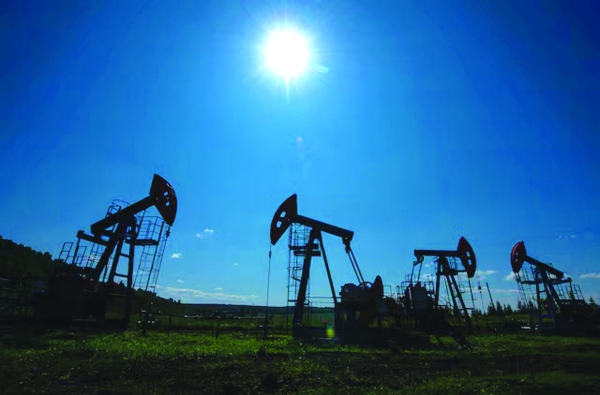
Oil prices rose about 1% after US President Trump said Indian PM Modi pledged to stop buying Russian oil, tightening
Read More
Oil prices remained stable as investors assessed the Gaza ceasefire against stalled Ukraine peace talks. Brent crude rose to $66.27,
Read More
Asian stock markets hit fresh highs as investors doubled down on AI tech. Gold stayed above $4,000, the dollar remained
Read More
Oil prices rose on Thursday after three days of losses, supported by potential tighter sanctions on Russian crude. Brent crude
Read More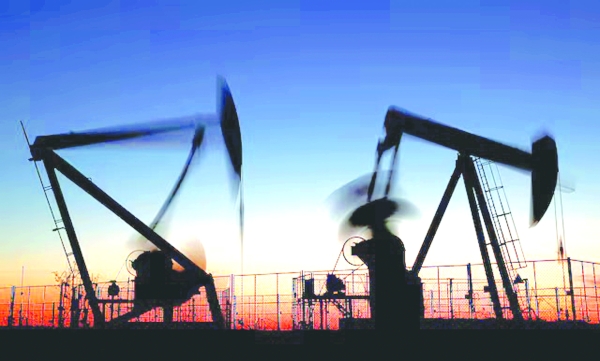
Oil prices dipped from a seven-week high as investors took profits after US stocks fell and slower winter demand loomed.
Read More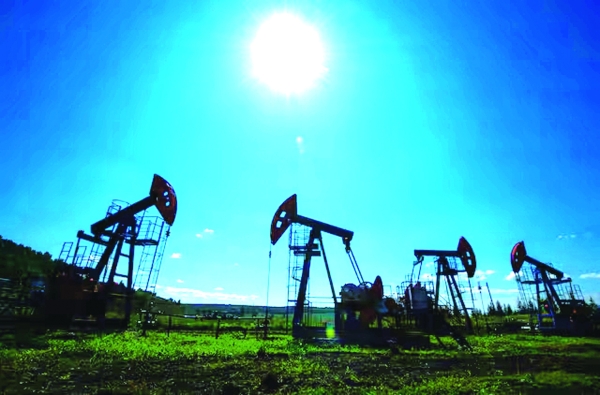
Oil prices rose Monday amid geopolitical tensions in Europe and the Middle East, with Brent crude at $67.13 and WTI
Read More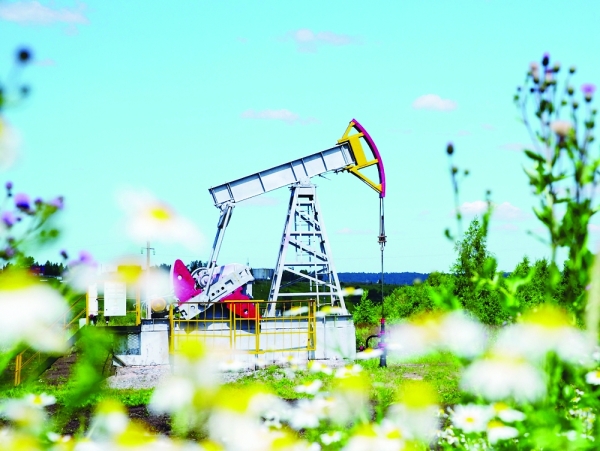
Oil prices fell on Friday due to abundant supplies and weakening demand, overshadowing the US Federal Reserve's first interest rate
Read More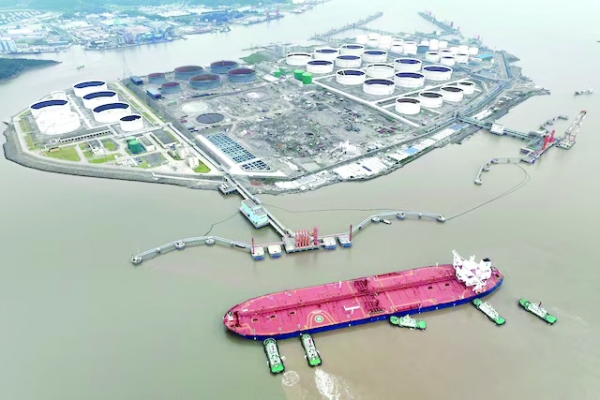
Oil prices rose slightly following the US Federal Reserve's interest rate cut, with Brent crude at $68.29 and WTI at
Read More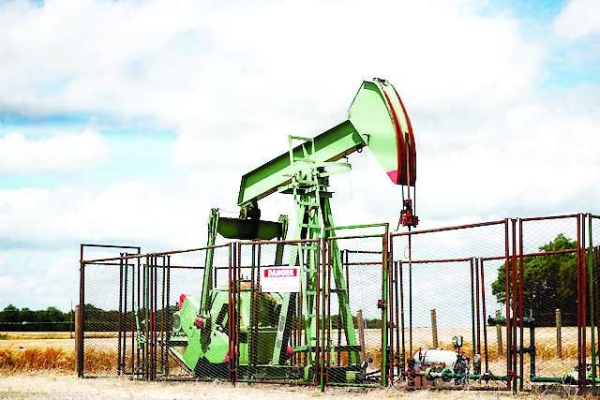
Oil prices eased on Wednesday after a 1% rise, as traders awaited a likely US Fed interest rate cut. Brent
Read More